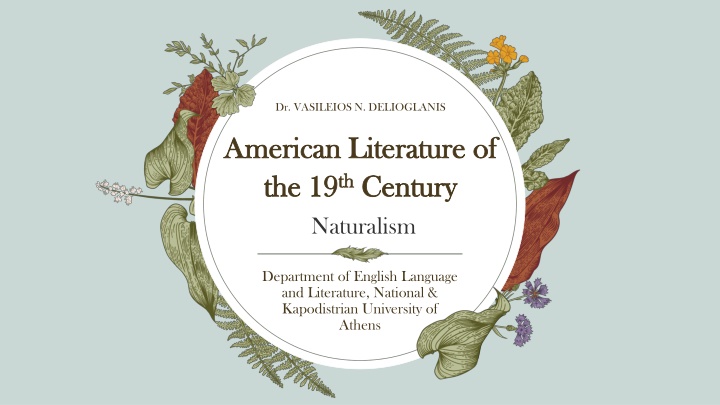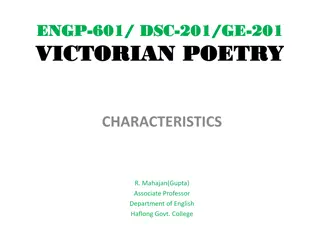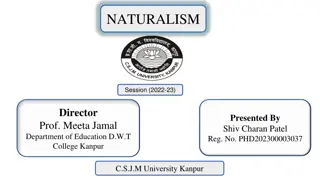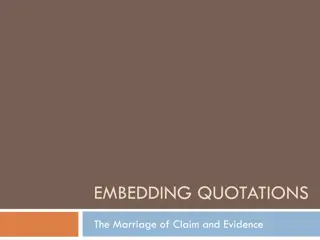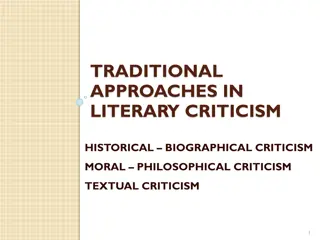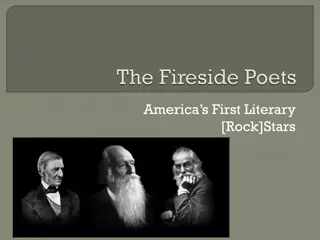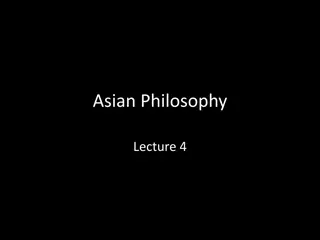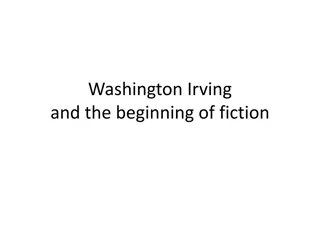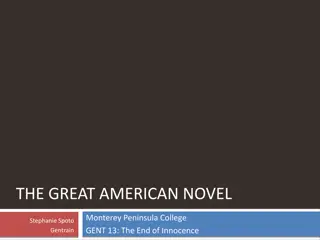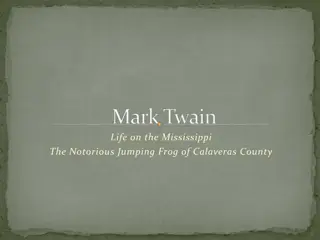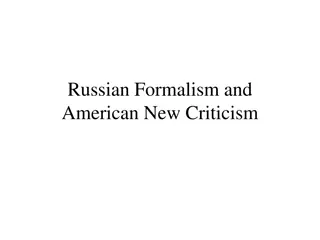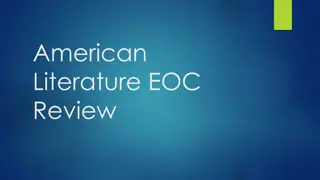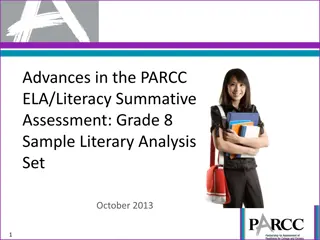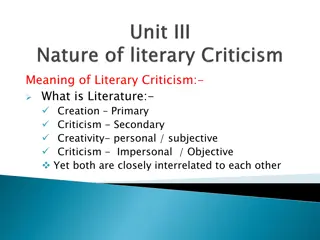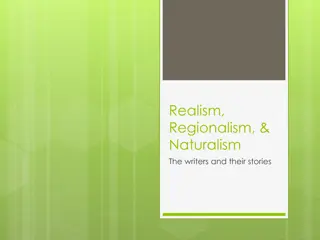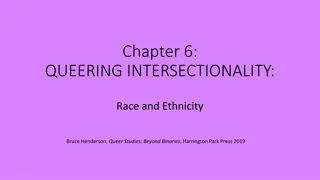American Literary Naturalism Overview
American Literary Naturalism emerged as an intense form of realism, emphasizing determinism and the impact of social and economic forces on individuals. Influenced by Darwin's theory of evolution, this literary movement focuses on characters facing major crises in extreme environments, illustrating the struggle for survival and the influence of the environment on character development. Through its unique style and portrayal of outcast characters, American Literary Naturalism explores themes of violence, compassion, and the indifference of the universe towards human existence.
Download Presentation

Please find below an Image/Link to download the presentation.
The content on the website is provided AS IS for your information and personal use only. It may not be sold, licensed, or shared on other websites without obtaining consent from the author.If you encounter any issues during the download, it is possible that the publisher has removed the file from their server.
You are allowed to download the files provided on this website for personal or commercial use, subject to the condition that they are used lawfully. All files are the property of their respective owners.
The content on the website is provided AS IS for your information and personal use only. It may not be sold, licensed, or shared on other websites without obtaining consent from the author.
E N D
Presentation Transcript
Dr. VASILEIOS N. DELIOGLANIS American Literature of American Literature of the 19 the 19th thCentury Century Naturalism Department of English Language and Literature, National & Kapodistrian University of Athens
American Literary Naturalism Intensification or extension of realism Determinism: individuals as the helpless pawns of economic and social forces beyond their control Extreme and pessimistic form of realism Originated in France Emile Zola Writer as an observer of changes in the natural and social world
American Literary Naturalism Influences: Theory Theory of of evolution evolution: : Charles Darwin On the Origin of Species (1859) and The Descent of Man (1871) Survival Survival of of the changing environmental conditions. the fittest fittest (Herbert (Herbert Spencer) Spencer): : ability to adapt to the
American Literary Naturalism Setting Setting: : Extreme natural or urban environment; the urban jungle Plot Plot: : emphasis on unique and terrible things that happen. Point Point of of View moralistic lessons View: : Scientific, objective, detached, deterministic, no
American Literary Naturalism Style Style: : use of irony metaphors sharp details huge dramas convincing dialogue
American Literary Naturalism Characters Characters: : outcasts (from the fringes and depths of society) lower-class, working people, common people confront major crises and are destroyed by them never have a chance against the overpowering forces which they do not control at the mercy of biology, heredity, environment, class, and unpredictable developments of life bound to their temperaments, passions and instincts
American Literary Naturalism Themes Themes: : struggle for survival the impact of natural laws of life the tremendous influence of the environment on character and destiny physical and psychic violence demand generosity and compassion in the face of a hostile or indifferent universe. A man said to the universe: Sir, I exist! However, replied the universe, The fact has not created in me a sense of obligation. (Crane) for human courage, the human
Stephen Crane (1871-1900)
Stephen Crane Maggie: A Girl of the Streets (1893) Tone Tone: : Narrative Narrative Style Style: : 3rd person narrator, observer depressing pessimistic objective narration Sad real speech (local color writing) melancholic
Stephen Crane Maggie: A Girl of the Streets (1893) How is the urban space portrayed? (see Chapter I) How is the institution of family depicted? (see Chapter II) How is Jimmy presented? (see Chapter IV) Juxtapose Pete s talking with Maggie s household in Chapter V. How is Maggie s mother portrayed? (see Chapter IX) Who is responsible for Maggie s death? Her mother? Pete? Her bother? Does a woman have weaker surviving skills? Does Maggie deserve to die?
